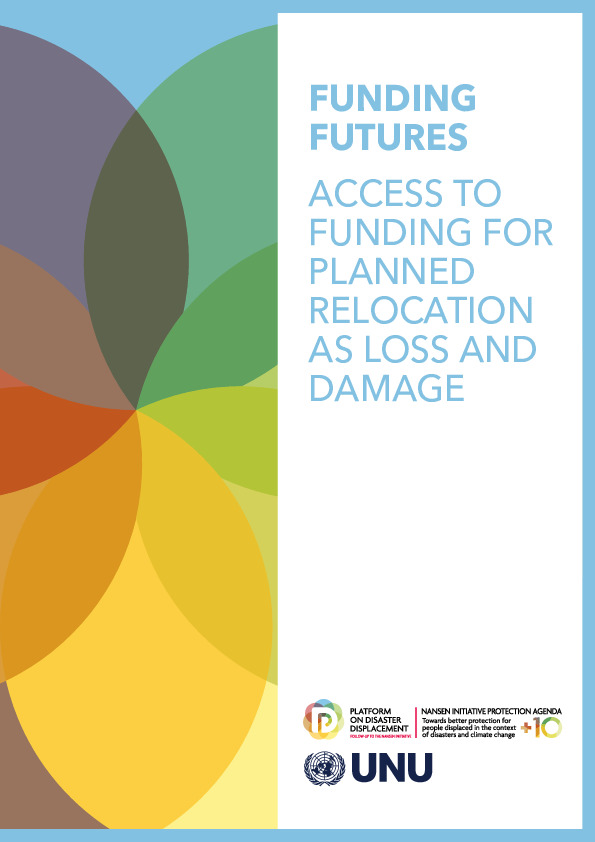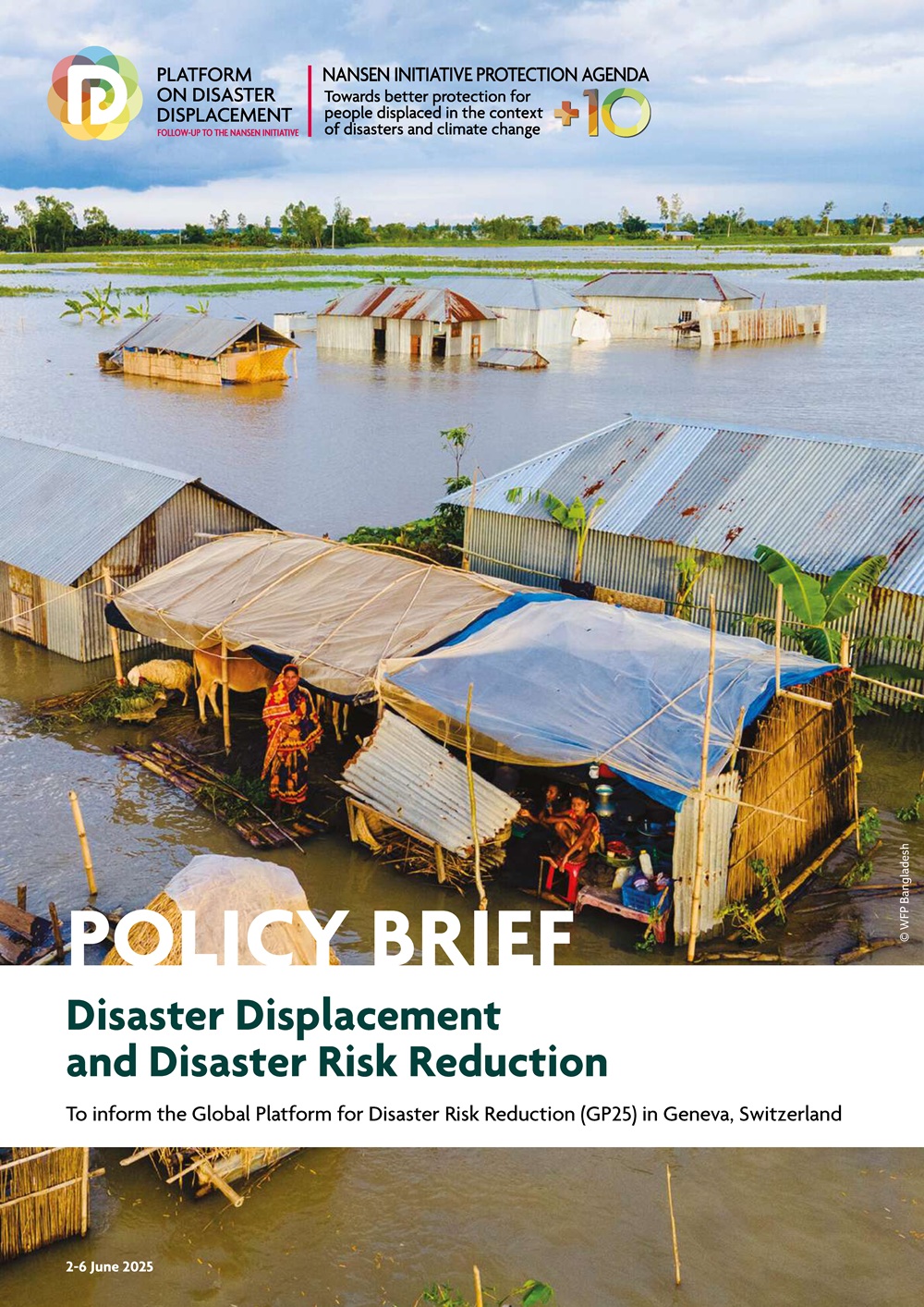Bridging the Divide in Approaches to Conflict and Disaster Displacement: Norms, Institutions and Coordination in Afghanistan, Colombia, the Niger, the Philippines and Somalia
By Sanjula Weerasinghe
In a time of unprecedented displacement, complexity and interlinkages that too often result in protracted situations, it is essential to strengthen efforts to address risks, protection and durable solutions. Well-conceived and complementary laws and policies, grounded in national and subnational realities provide an authoritative and enabling environment to do so. They frame institutional mechanisms and influence their ability to adeptly and effectively prevent, respond to and solve diverse forms of displacement.
This study explores themes that require deeper understanding and engagement. It seeks to advance discussions and reflection on legal, policy, institutional and coordination approaches to dealing with displacement associated with disasters, conflict and their interplay. It does this by examining instruments and mechanisms on internal displacement, disaster risk reduction, climate change and development in five countries: Afghanistan, Colombia, the Niger, the Philippines and Somalia.
Drawing on desk research and insights from practice, the study provides observations on complex settings where governments, humanitarian, risk reduction, climate change and development actors must work together to prevent, mitigate, respond to and solve internal displacement. The implications and suggestions contribute to efforts to “bridge the divide” among national and subnational actors and relevant normative frameworks essential for addressing internal displacement.




